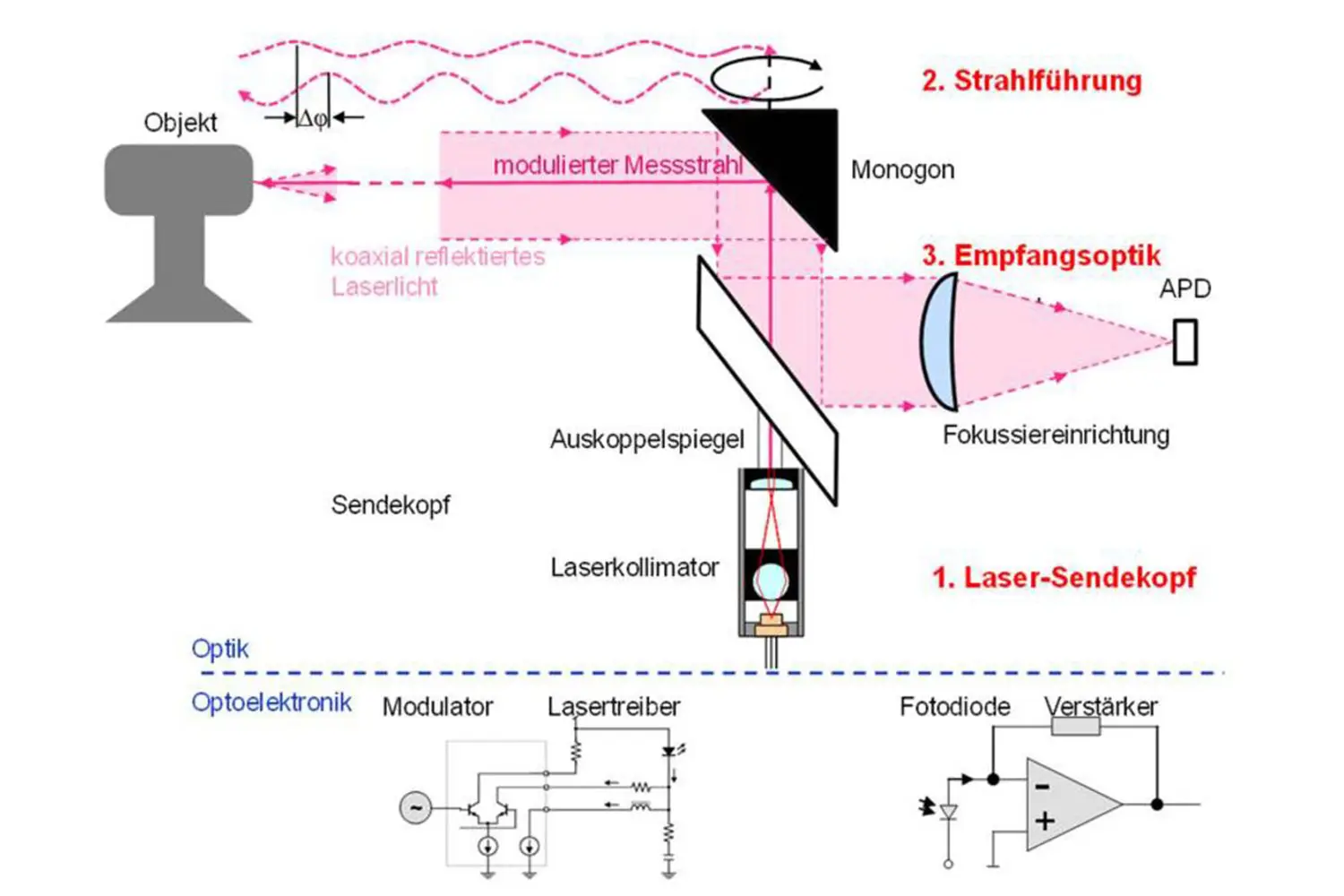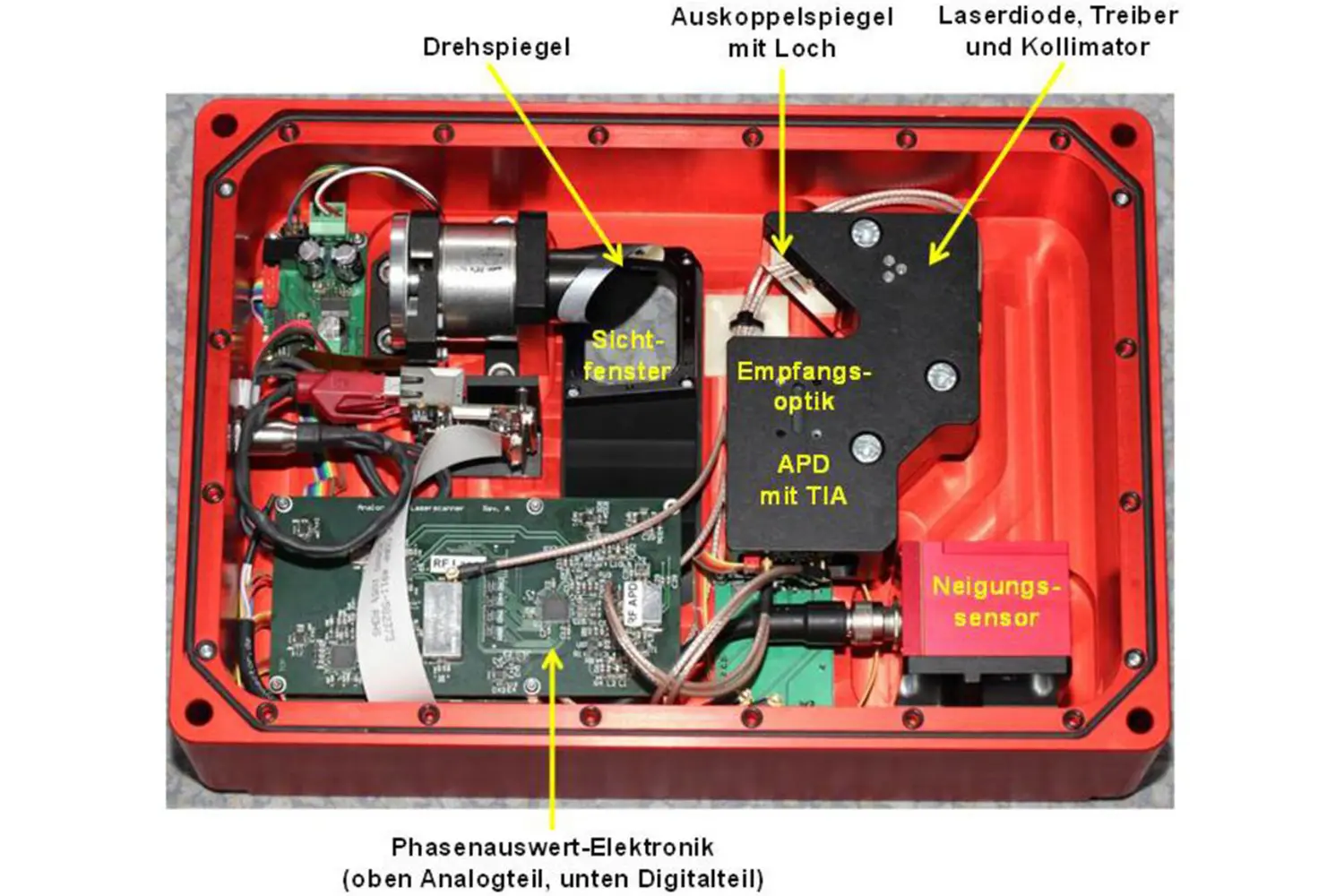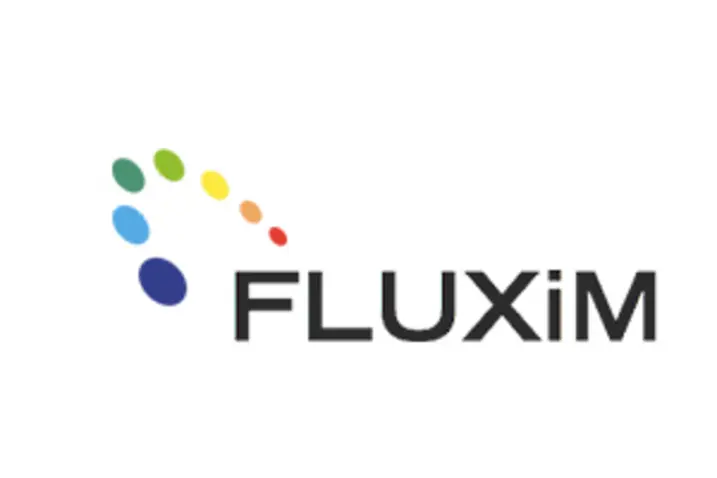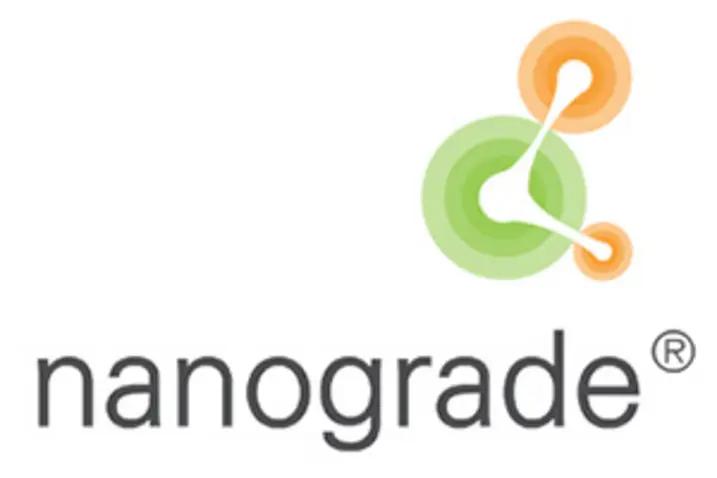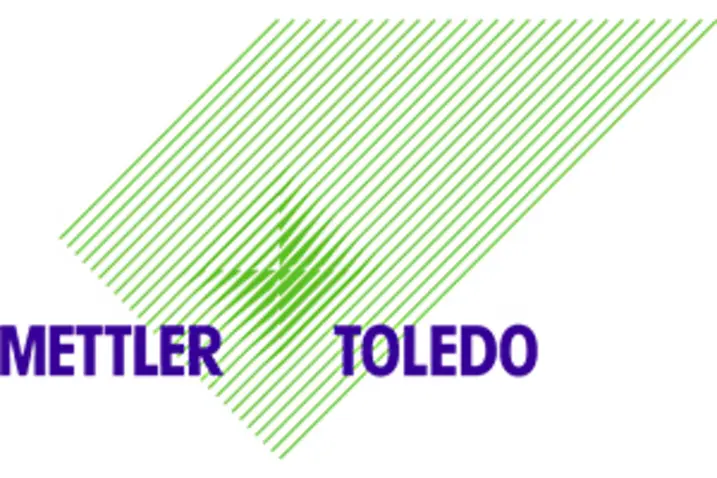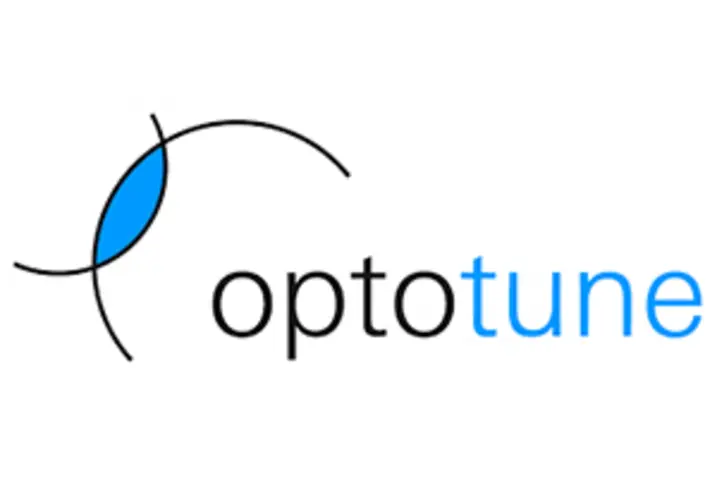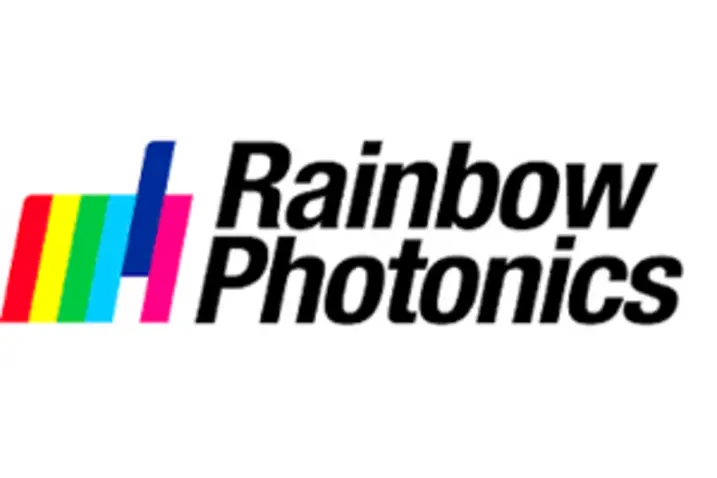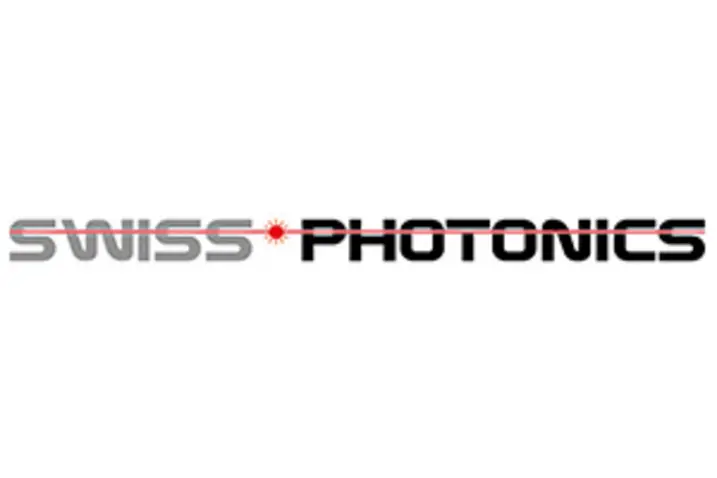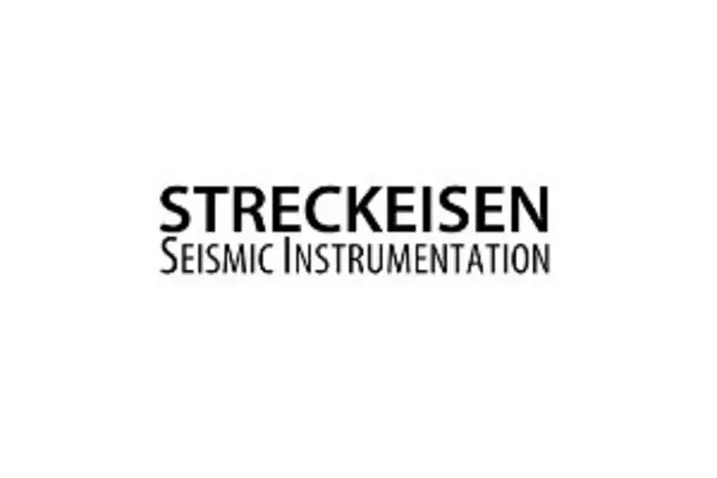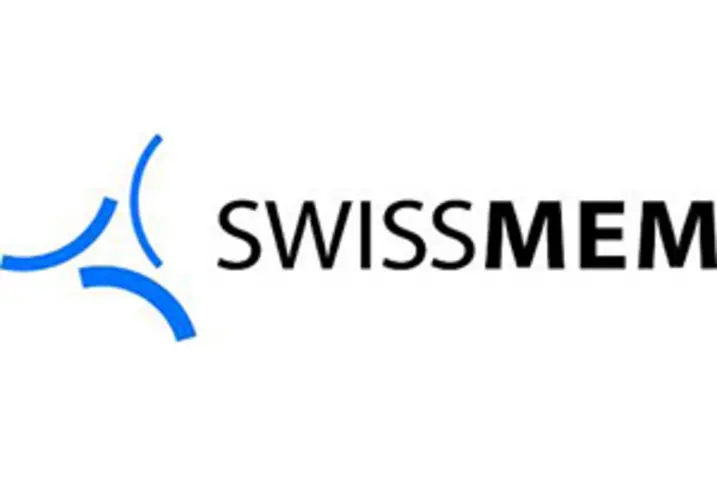Photonics Platform
Photonics is an interdisciplinary science that deals with light generation, interaction and detection. It is a key discipline in measurement technology, sensors, data transmission, image generation and material processing.
Light is used as an information and energy carrier; light travel times and interactions in materials are used in many ways for measurement purposes; positions and movements are recorded; the smallest traces can be tracked using spectroscopic methods. Specialist knowledge of the photonics platform is required for the realisation of the necessary methods and instruments for this. The relevant interdisciplinary experts from various institutes establish all development steps, from feasibility studies to the finished products. One starting point for innovations is the close collaboration with external partners from industry and other universities. The subject of photonics is also dealt with in the Academic Study Programmes: Students deal with relevant issues in specialisation work, Bachelor's theses and Master's theses.
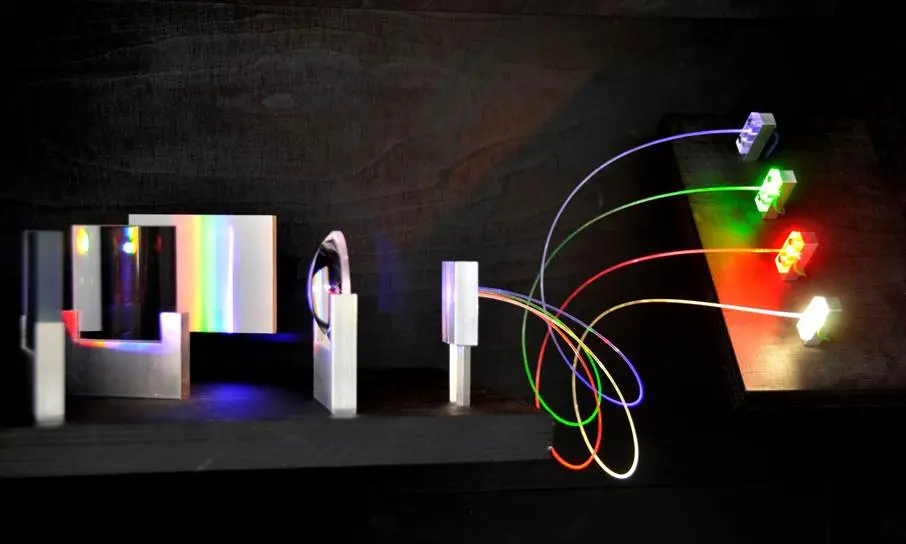
Topics and persons
Photonics encompasses physical optics, optoelectronics, laser technology and all disciplines that support light-based measurement, display and manipulation processes. Photonics thus covers all the classical engineering specialisations from analogue and digital electrical engineering to mechanical system and product design to data evaluation and software development. The Photonics platform links know-how and infrastructures for the development of measurement methods, systems and devices in the following areas:
- Optical distance and shape measurement
- Optical recording of movements such as rotation rates and vibrations
- Projection techniques (scan equipment and Speckle suppression)
- Spectroscopic methods and fluorescence measurement technology with applications in analytics, diagnostics and bio-sensors
- Manufacture and characterisation of organic optoelectronics components
- Light diodes (OLED, LED)
- Improvement of numeric algorithms for optics simulation (geometric optics, thin film optics, wave optics)
- Lighting technology
Photonics platform experts
- Industrial, optical measurement technology for position, translation and rotation measurements; optical vibration measurements: Ralf Markendorf, IAMP, Martin Weisenhorn, ZSN, Elisabeth Dumont, IAMP, in collaboration with Jürg Meier, IMES
- Projection, visualisation and scanning methods; 3D measurement technology: Christoph Stamm, IAMP, Ralf Markendorf, IAMP, Martin Loeser, IEM, Mathias Bonmarin, ICP, Martin Weisenhorn, ZSN
- Image processing: Markus Thaler, InIT, Hanspeter Hochreutener, ZSN, Martin Weisenhorn, ZSN, Hans-Joachim Gelke, InES, Martin Loeser, IEM
- Luminescence-based sensors and analytics: Christoph Stamm, IAMP, Francesca Venturini, IAMP, Julien Rey, IAMP
- Absorption spectroscopy, chemometrics, photoacoustics: Francesca Venturini, IAMP, Julien Rey, IAMP
- Time-resolved emission spectroscopy: Christoph Stamm, IAMP, Francesca Venturini, IAMP, Kurt Pernstich, ICP, Julien Rey, IAMP
- Manufacture, analysis and design of thin-film optics: Kurt Pernstich, ICP, Jürgen Schumacher, ICP
- Manufacture and simulations of OLEDs, organic photovoltaics and organic photonics: Beat Ruhstaller, ICP, Matthias Schmid, ICP, Kurt Pernstich, ICP, Mojca Jazbinsek, ICP
- Thermographic methods:Nils Reinke, ICP, Mathias Bonmarin, ICP, Andor Bariska, ICP
- Simulations of wave propagation and light coupling (in free space, micro and nano structures, thermal coupling):Beat Ruhstaller, ICP, Martin Loeser, IEM, Matthias Schmid, ICP, Andreas Witzig, ICP, Mathias Bonmarin, ICP, Jürgen Schumacher, ICP, Julien Rey, IAMP, Patrik Eschle, IAMP
- Photodynamic therapies: Stephan Scheidegger, IEM
- Electronics for control of light sources and detectors, real-time signal processing: Hanspeter Hochreutener, ZSN, Martin Weisenhorn, ZSN, Marcel Meli, InES, Matthias Rosenthal, InES
Study programme
Photonics is an important subject in the engineering education at ZHAW School of Engineering and an integral part of the physics and electronics teaching curriculum. The optional subjects for specialisation are provided in the Bachelor's degree programme and in the framework of the cross-university Masters of Sciences in Engineering (MSE). The practical specialisation takes place in the framework of specialisation work, Bachelor's theses and Master's theses in which topics introduced from industry are dealt with.
- Mechanical Engineering Bachelor's degree programme, optional subjects: Applied Optics, Organic Electronics and Photovoltaics, Image Processing
- Systems Engineering Bachelor's degree programme, optional subjects: Applied Optics, Organic Electronics and Photovoltaics, Image Processing
- Computer Science Bachelor's degree programme, optional subjects: Applied Optics, Organic Electronics and Photovoltaics, Image Processing
- Electrical Engineering Bachelor's degree programme, optional subjects: Applied Optics, Organic Electronics and Photovoltaics, Image Processing
- Master of Science in Engineering (MSE), optional module: Applied Photonics
Laboratory equipment and infrastructure
Extensive laboratory facilities for measurement technology, simulations and prototype construction are available in various institutes and centres:
- Optical measuring stations and instruments at the Laboratory for Applied Optics and at the Optoelectronics Research Laboratory: Diverse continuous wave (CW) and pulsed laser LEDs including white light lasers, time-resolved emission and absorption spectrometers, gated sensors and cameras, angle-resolved scatter measuring station, layer thickness gauges and profilometers, variable angle spectroscopic ellipsometery (Woolam Inc.), optical 3D microscope (Alicona), optical vibrometers and position sensors, coating system with inert gas atmosphere, low temperature measurement chamber (down to –180 °C), extensive simulation software and computer clusters (Zemax, Fusion, Comsol)
- Modern mechanical workshops of ZPP
- Electronics development stations of ISC and InED
- Products and business services at InES
Research projects and products
Research projects are performed together with other universities and industrial partners – often in the framework of CTI (Switzerland Commission for Technology and Innovation) projects. Jointly or on behalf of our partners, we work from the feasibility study to the development of methods through to the readiness for the series production of measuring instruments.
FlexOLED
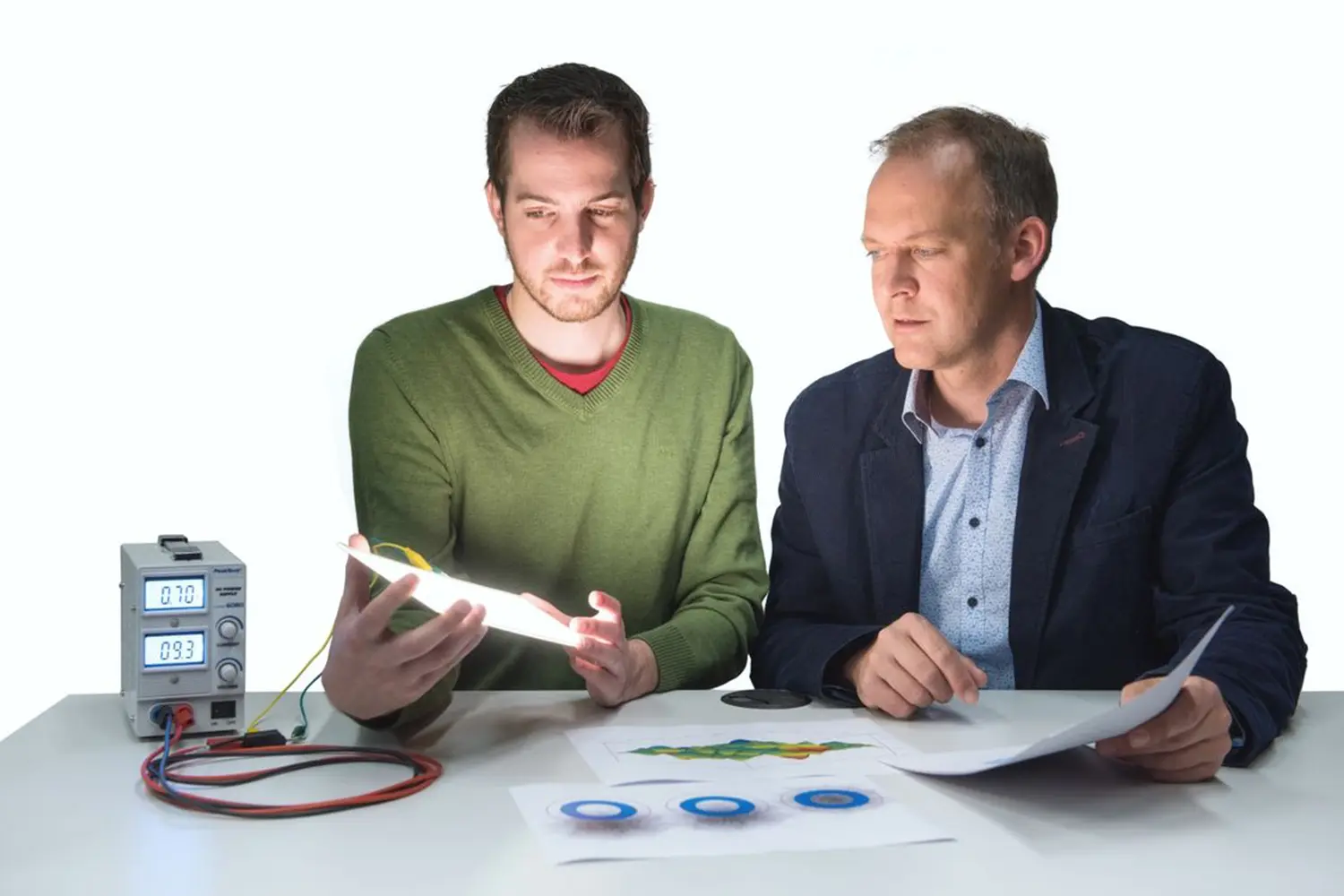
Among other things, research in the area of organic light diodes (OLED) is performed at the Institute of Computational Physics of the ZHAW School of Engineering. In collaboration with partners, a research team is developing flexible OLEDs with high efficiency and manufacturing them in its own laboratory.
Paios
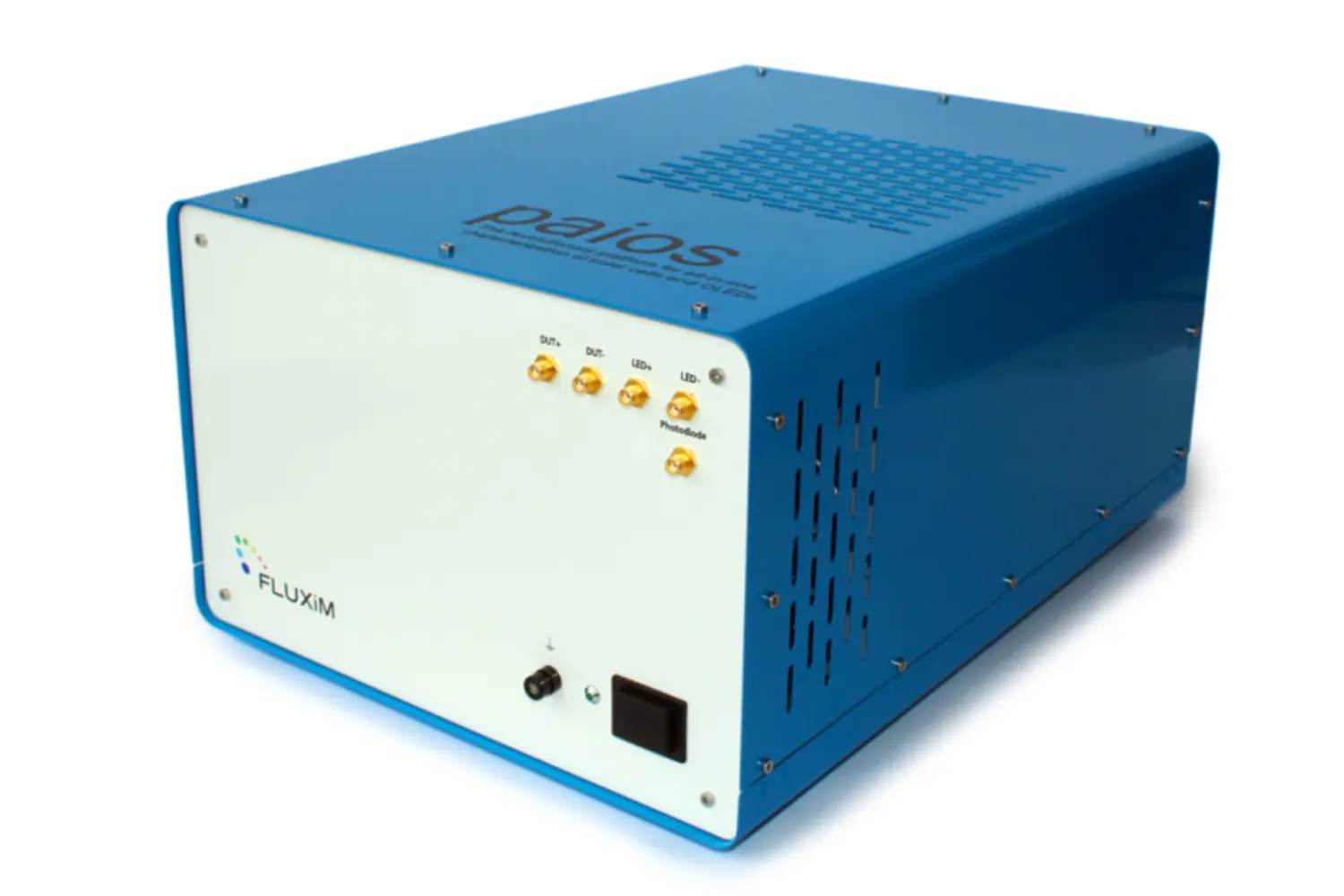
Paios is an all-in-one measurement platform that combines DC, AC and transient operation measurements in one device and has integrated evaluation algorithms. Paios was developed in an Innosuisse (former CTI) project and has been on the market since 2013. Read more
Setfos
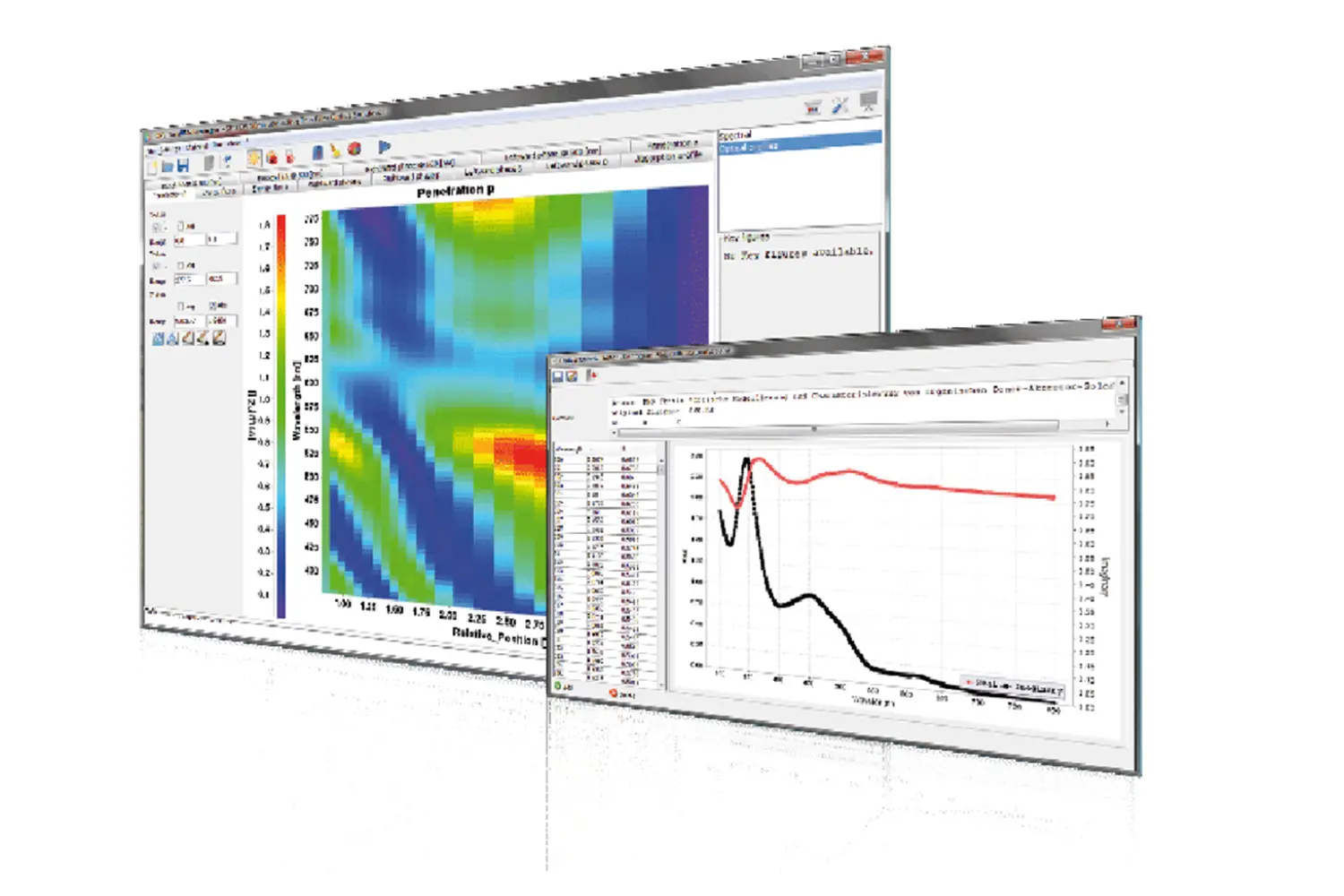
Setfos is a software application for the simulation of optical and electrical characteristics of semiconductor components such as OLED and solar cells. The software originally came into being in a CTI project and was licensed to international customers for the first time in 2004. Setfos has been further developed and marketed by the spin-off company Fluxim since 2006. Read mode
Flupo
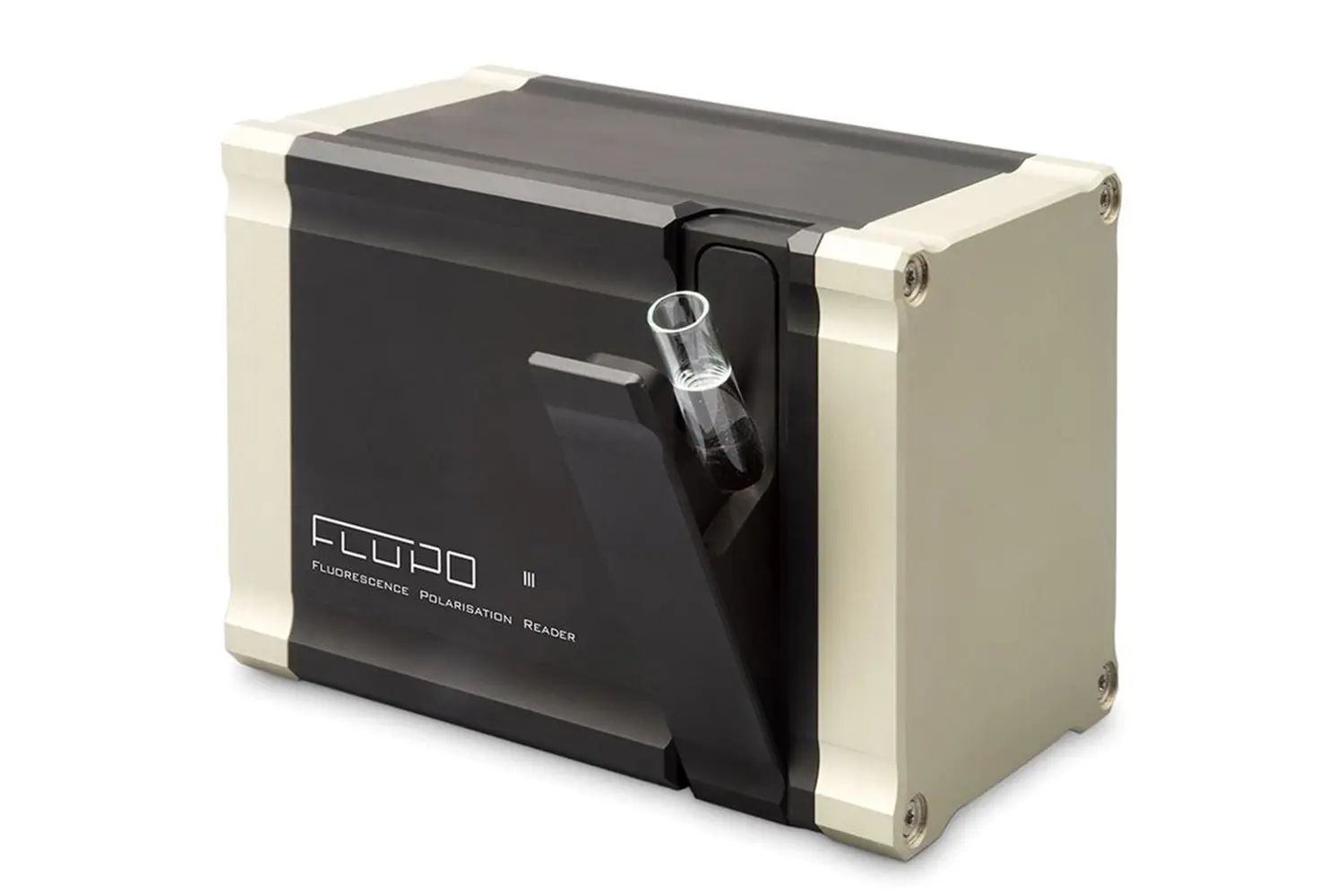
Starting from various diploma theses, a field-compatible fluorescence polarisation measuring instrument for diagnostics purposes has been developed that is used in veterinary medicine. A diluted serum sample is tested for the presence of specific antibodies, in which the diffusion behaviour of a marker module is examined using optical methods. The device has been realised up to low-volume production – further development is the subject of ongoing cross-institute work. The optical design and the software were developed at IAMP, the electronics in different variants were developed at ZSN and InEs – the mechanics and the appealing design came into being at ZPP.
CoatMaster
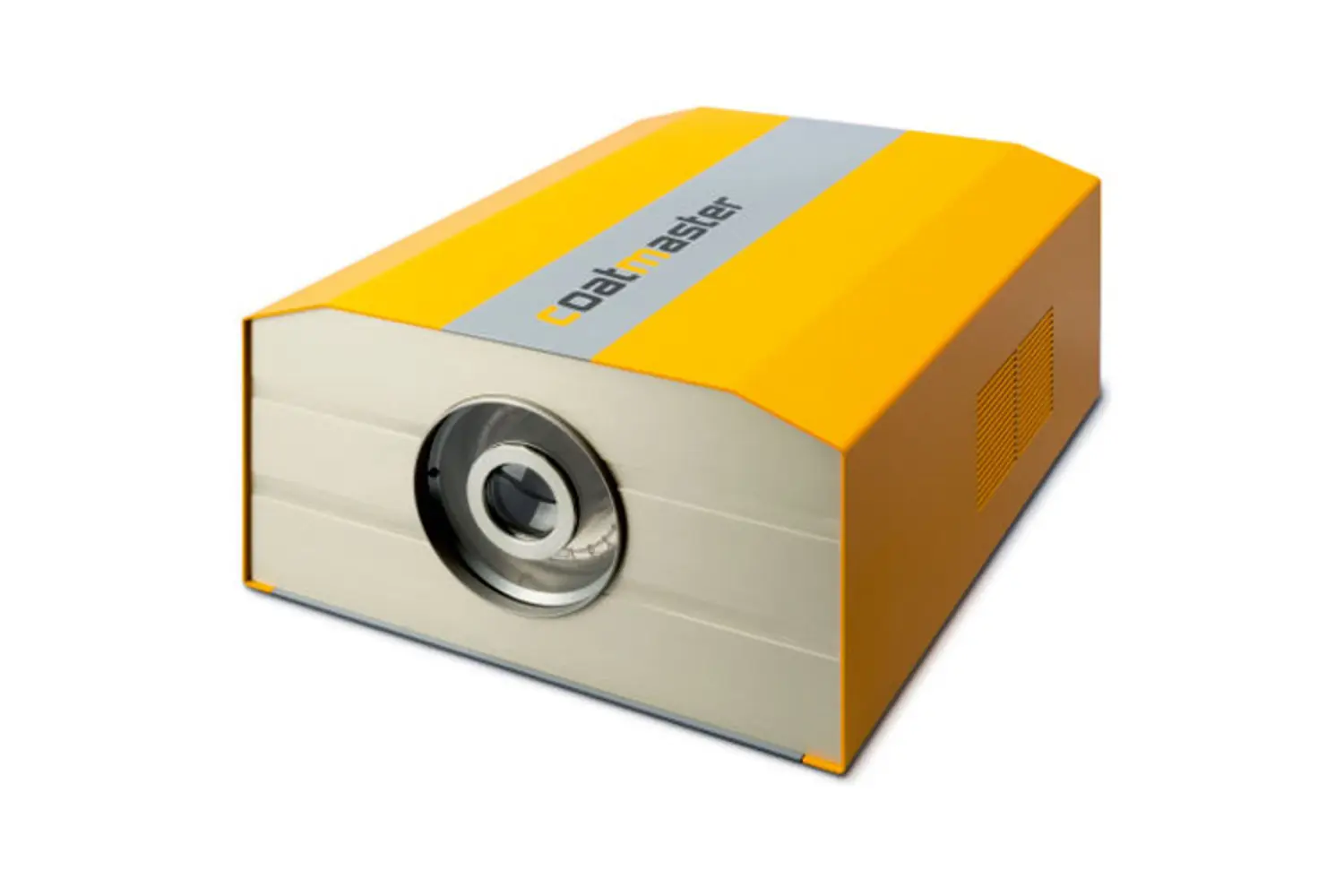
CoatMaster is a measuring instrument based on active thermography for non-invasive layer thickness characterisation. CoatMaster has been further developed and marketed by Winterthur Instruments since 2011. Read mode
Fibre-optic Rotational Seismometer
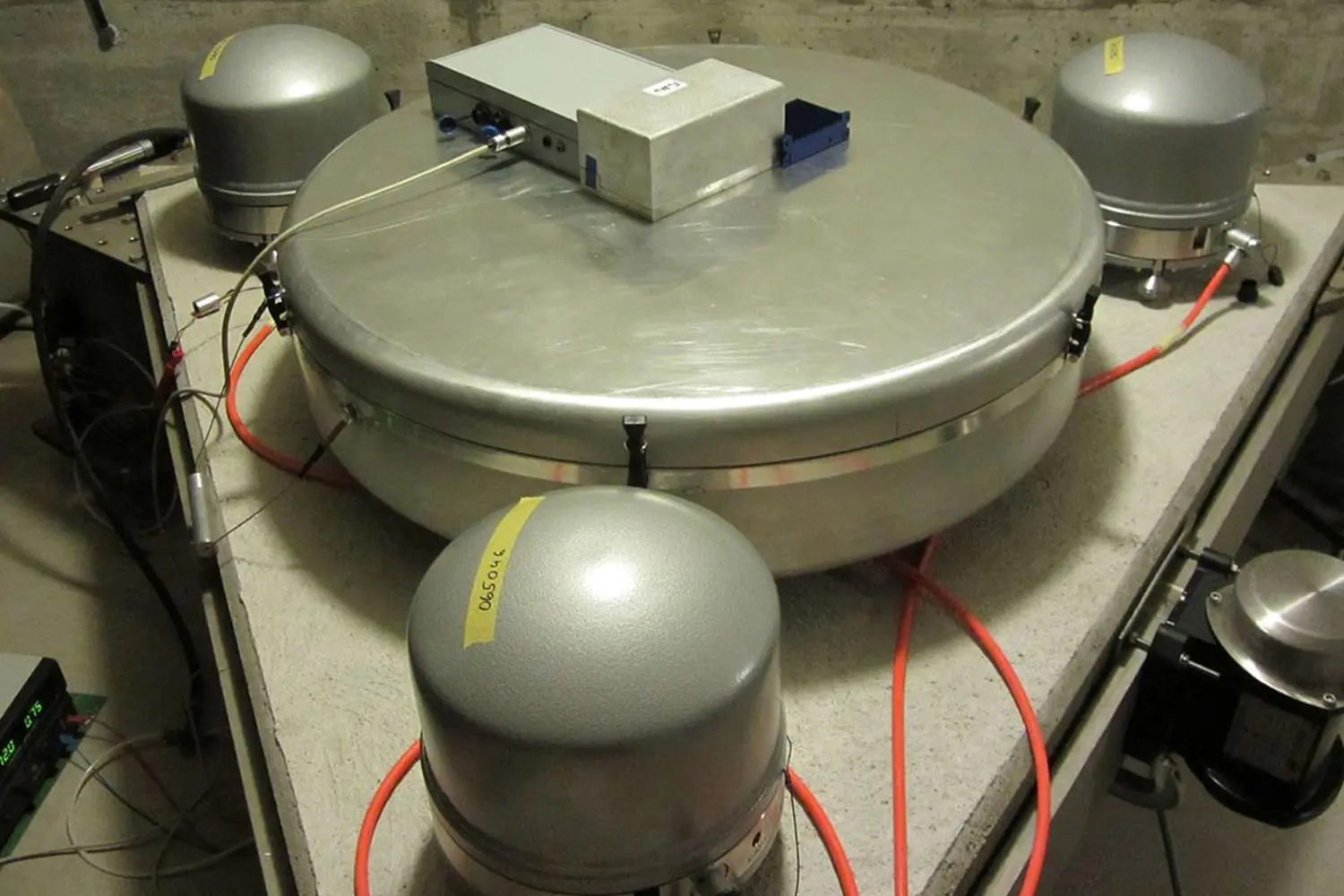
The Laboratory for Applied Optics at the Institute for Applied Mathematics and Physics (IAMP) and the Institute for Signal Processing and Wireless Communications (ISC) have developed and built a functional model of a fibre-optic rotational seismometer for the measurement of rotations in the near-field of seismic centres together with the industrial partner Streckeisen Seismic Instrumentation GmbH. The device consists of a broadband 1,550 nm, 10 mW super luminescence diode, a reciprocity lens, a specially designed SMF fibre sensor, direct Piezo phase modulation of the light, a low-noise photodetector, a signal generator for the modulation, a power supply that is adapted to the seismic peripheral equipment and digital signal evaluation. The successfully tested functional model in the laboratory of the industrial partner achieves maximum sensitivity exceeding that of commercial rotational seismometers by three orders of magnitude.
Development of a lens that can be focused quickly using deformation
The Institute for Applied Mathematics and Physics has developed a lens that can be focused quickly using deformation in a two-year CTI project together with the company Optotune and other partners. The precision (+/- 0.01 dpt) and the speed (< 10 ms) were the challenging target values and have been achieved. This enables use of the lenses in laser surface treatment and in "Machine Vision".
In the first case, the lens shape is optically monitored in a closed loop; in the second case, a temperature-compensated, patented design provides the required reproducibility of the specific focal lengths to be set. The lenses were developed as far as market readiness in the project and are now commercially available.
Optical vibration measurement with friction damping
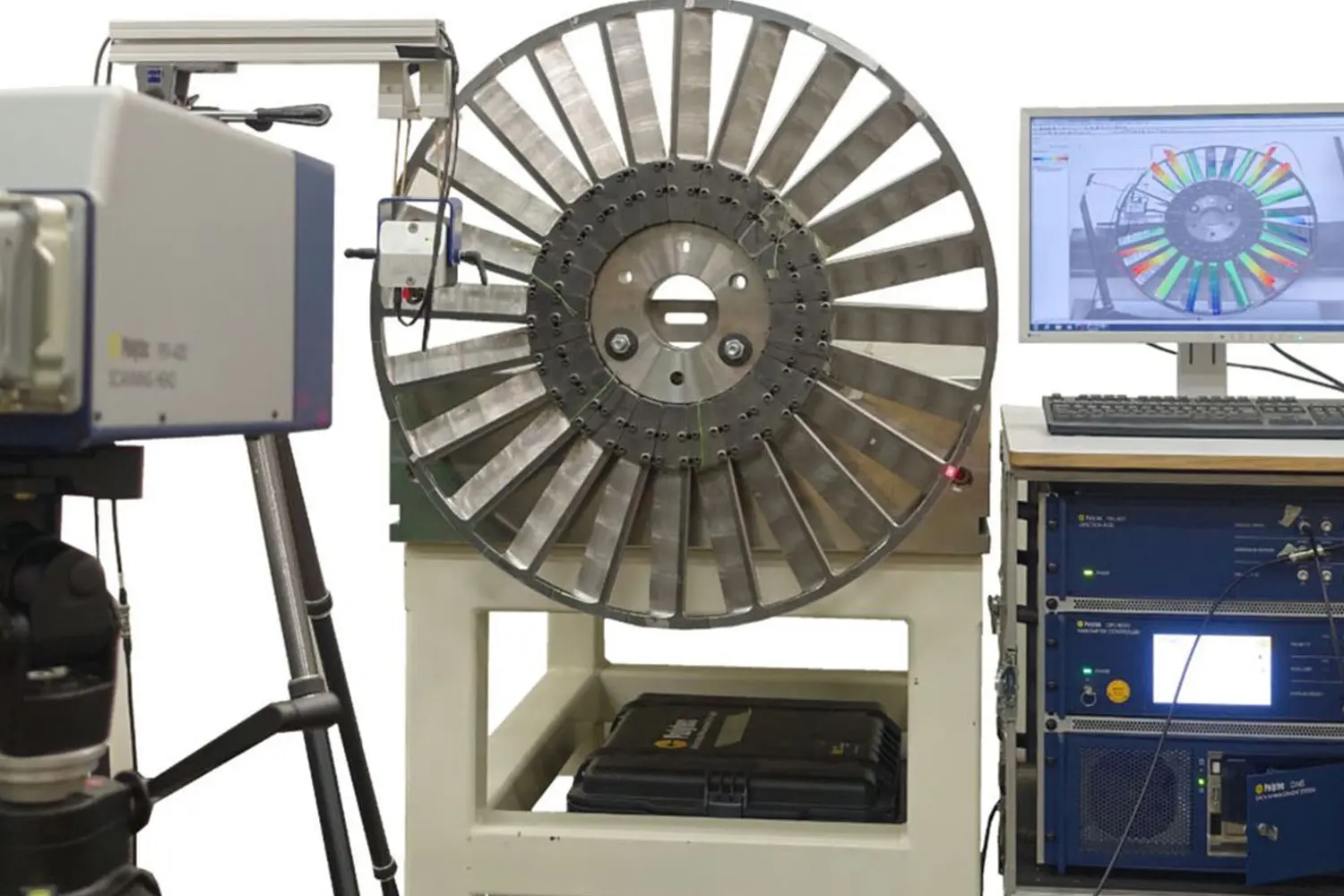
The Institute for Mechanical Systems collaborates with the Institute for Applied Mathematics and Physics to dynamically examine the vibration behaviour of mechanical parts such as turbine blades or loudspeaker diaphragms using a laser Doppler scanning vibrometer. The model parameters of the friction damping for various vibration modes are determined at the illustrated blade ring. The behaviour of the friction contact on the individual turbine blades is also dynamically examined. The non-contacting, optical measuring method allows precise area movement analyses without mechanically influencing the system in any way. A Michelson interferometer is also used that enables the analysis of slow movements in the sub-nanometre range.
2D laser distance scanner
The company ELAG Elektronik AG together with the Centre for Signal Processing and Communications Engineering and the Laboratory for Applied Optics at the Institute for Applied Mathematics and Physics has developed a 2D laser distance scanner for the mobile measurement of surface profiles in the railway sector. The scanner uses the phase measurement method and achieves a measurement accuracy of 1-2 mm for measuring rates of over 100 kHz and a measuring range up to 10 m. The scanner is based on modulation signals in the 400 MHz range, a 660 nm, 100 mW CW laser diode, beam optics with collimator, a rotating mirror, receiver optics with decoupling mirror, focusing tube and an avalanche photodiode with integrated transimpedance amplifier as well as an IQ demodulator and an FPGA for the phase evaluation.
Events
- Photonics Lunch: Regular internal meetings with guest speakers and presentations from the research groups. Interested parties please register by e-mail.
Participating institutes & centres
- Institute for Signal Processing and Wireless Communications (ISC)
- Institute of Applied Mathematics and Physics (IAMP)
- Institute of Computational Physics (ICP)
- Institute of Embedded Systems (InES)
- Institute of Applied Information Technology (InIT)
- Institute of Mechanical Systems (IMES)
- Institute of Product Development and Production Technologies (IPP)
